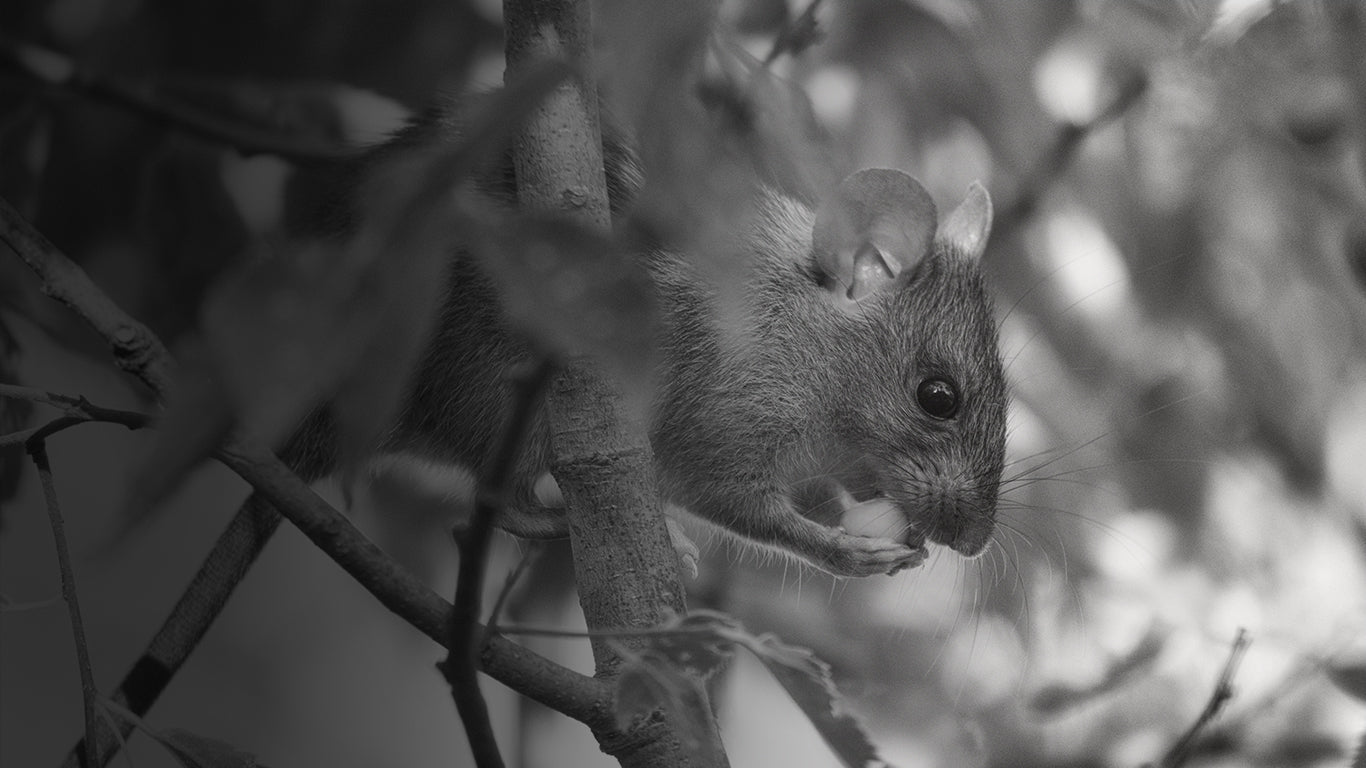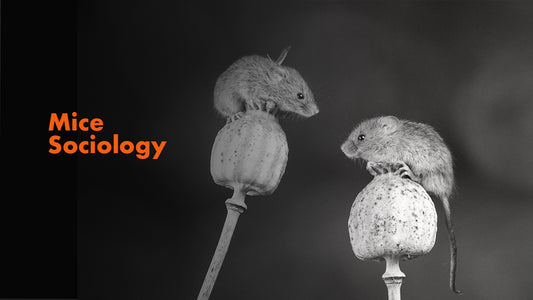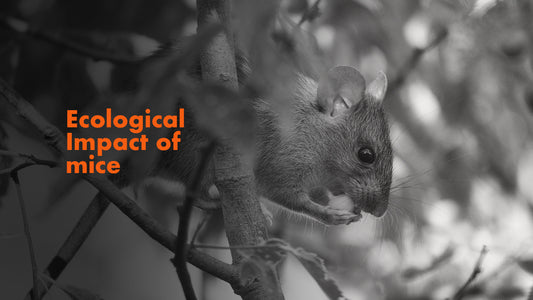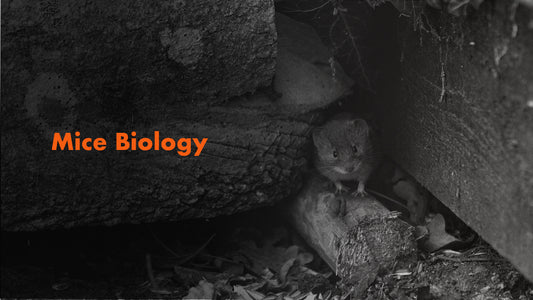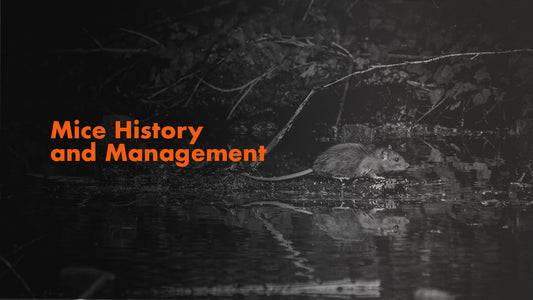-
Seed Dispersal:
Mice play a crucial role in seed dispersal within ecosystems. They often feed on fruits, nuts, and seeds, and in doing so, they inadvertently aid in the distribution of plant species. By consuming and then depositing seeds in different locations through their feces, mice contribute to the regeneration and diversity of plant life in various habitats.
-
Predator-Prey Relationships:
Mice serve as prey for numerous predators, including birds of prey, snakes, and carnivorous mammals. Their abundance and reproductive rates make them an essential food source for many wildlife species, helping maintain the balance of predator-prey relationships in ecosystems.
-
Competition with Native Species:
In some cases, introduced species of mice can outcompete native rodent species for resources, leading to declines in native populations. For example, invasive house mice can compete with and displace native rodents, which can have cascading effects on other species dependent on those native rodents for food or habitat.
-
Impact on Vegetation:
High densities of mice can lead to overgrazing of vegetation, particularly in localized areas. This overconsumption of plant material can negatively impact the local plant community, altering the composition and structure of ecosystems.
-
Disease Vectors:
Some species of mice, especially deer mice, can carry diseases like hantavirus and Lyme disease. While these diseases primarily affect humans, they can also have indirect ecological impacts by reducing human outdoor activities in affected areas and potentially impacting wildlife habitat management.
-
Burrowing and Nesting:
Mice often create burrows or nests in the ground, which can affect soil structure and plant root systems. Their burrowing activities can also influence soil nutrient cycling and water infiltration rates.
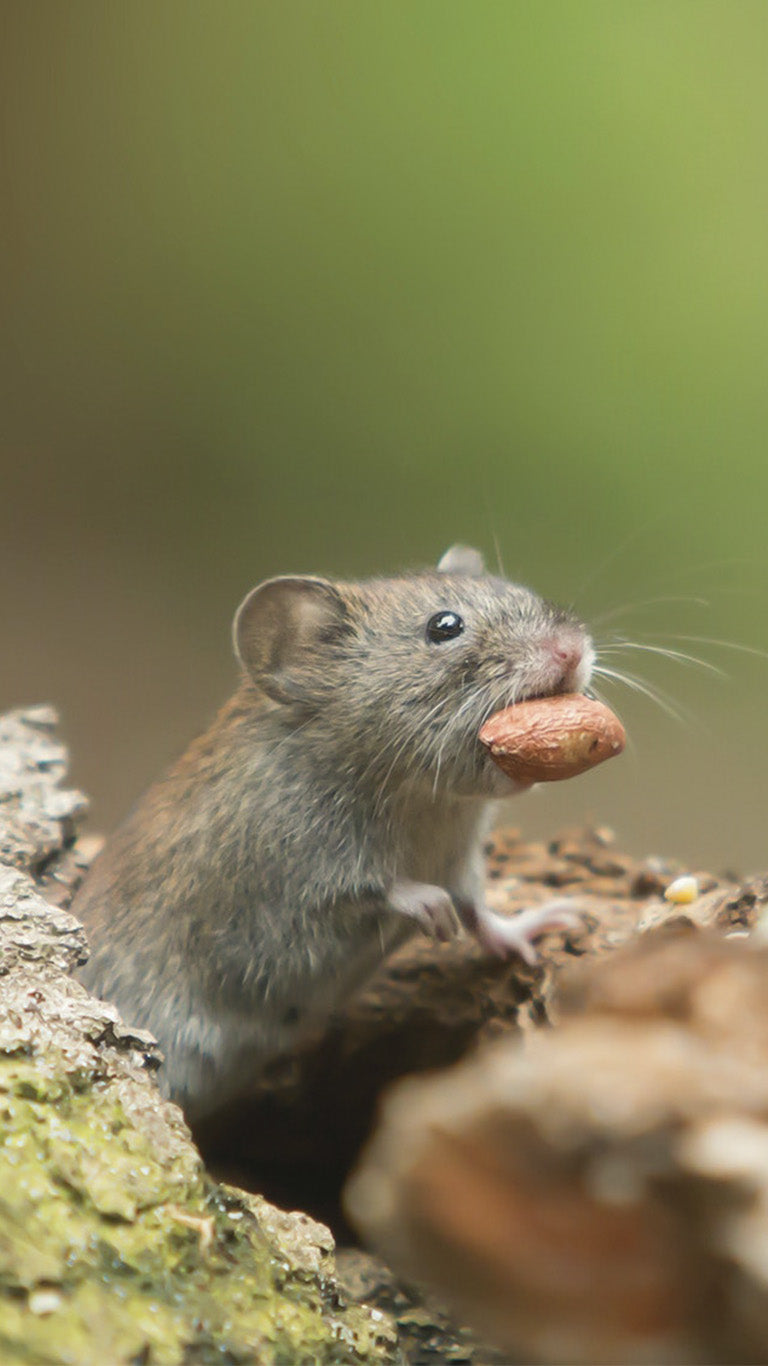
Human-Wildlife Conflicts
Human-wildlife conflicts involving mice, notably house mice and deer mice, encompass a range of challenges. House mice infiltrate homes, commercial spaces, and farms, causing property damage, food contamination, and health risks. They also pose a threat to agricultural yields by consuming crops. Deer mice, carriers of diseases like hantavirus and Lyme disease, transmit health hazards to humans. Moreover, these rodents' gnawing behavior damages infrastructure, including wiring and insulation, while their competitive nature can displace native species. Balancing the need for control measures with ecological considerations is crucial to managing these conflicts effectively while minimizing adverse impacts on both human well-being and the environment.
If you possess specialized knowledge or profound insights that you're currently applying or believe will benefit others, we encourage you to share your expertise with us.
Your valuable wisdom can greatly enrich our community and empower fellow trappers!

